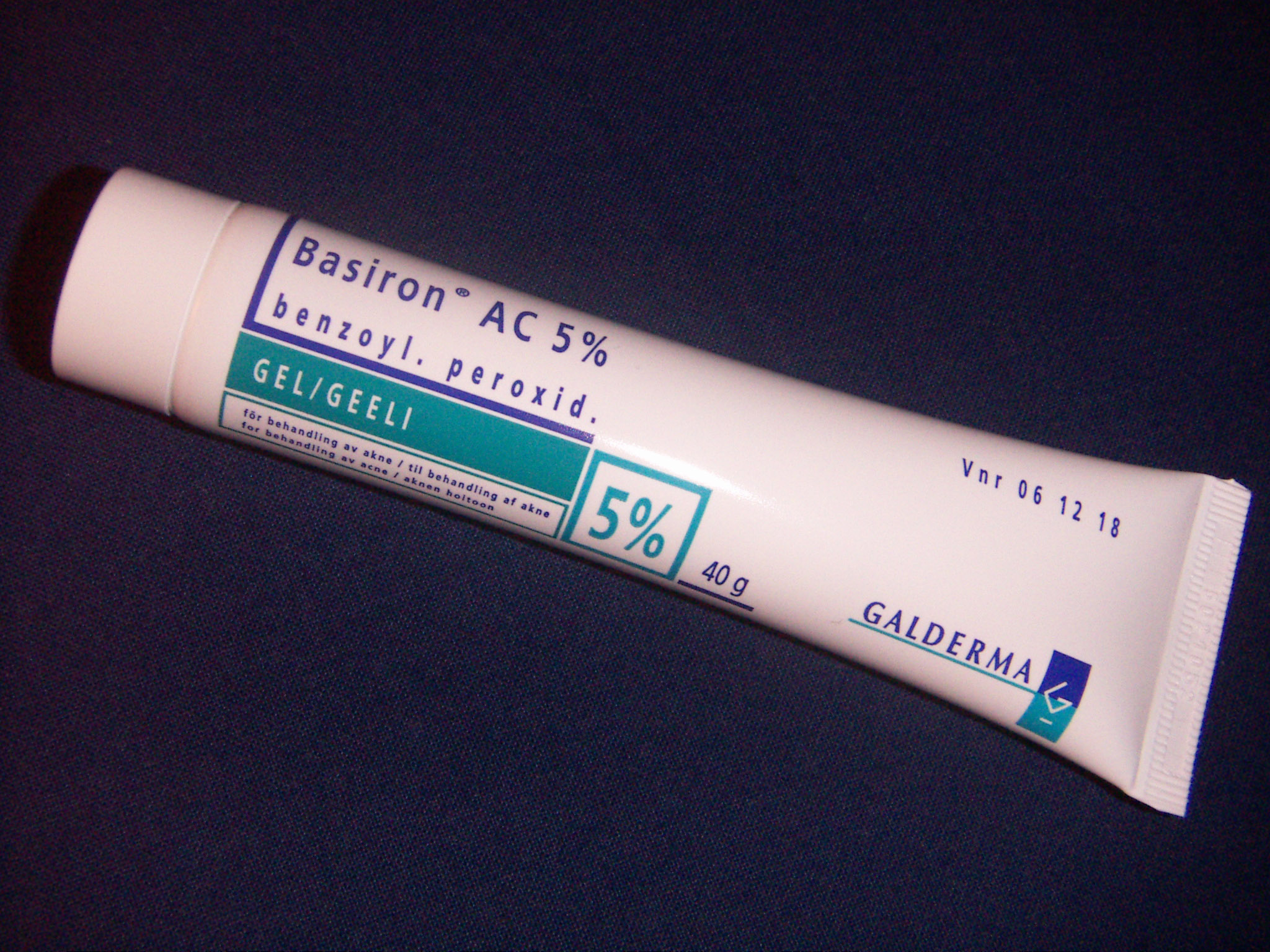Real-World Investigation Assessing the Potency and Acceptability of Tr…
페이지 정보

본문
Synopsis: This observational study evaluated the efficacy and tolerability of tretinoin gel 0.025% in a real-world setting among patients with acne vulgaris. Information was gathered backward from patient records at a skin care clinic spanning 12 months. The key outcome metrics consisted of shifts in acne lesion tallies (inflammatory and non-inflammatory) and patient-documented acceptability. Results revealed a significant lessening in both inflammatory and non-inflammatory lesions post 12 weeks of treatment. Even though preliminary irritation was usual, it generally dissipated in the opening few weeks. This investigation endorses the sustained utilization of tretinoin gel 0.025% as an efficient and typically well-endured treatment for acne vulgaris in everyday medical settings.

Preface: Acne vulgaris is a common chronic inflammatory skin condition affecting a significant portion of the global population, primarily adolescents and young adults. Therapy choices differ broadly, spanning from topical retinoids to oral antibiotics and systemic treatments. Tretinoin, being a topical retinoid, is a commonly utilized and solidly proven treatment for acne because of its skill in decreasing sebum generation, stimulating epidermal cell regeneration, and reducing inflammation. Although many clinical studies have shown the effectiveness of tretinoin, practical observational research is essential to evaluate its performance and acceptability in varied patient groups and in standard medical practice settings. This study aimed to retrospectively analyze the clinical outcomes and tolerability of tretinoin gel 0.025% in patients with acne vulgaris treated at a dermatology clinic.
Methodology: This retroactive observational analysis covered adult patients (18 and over) recognized with acne vulgaris who were assigned tretinoin gel 0.025% as the principal therapy modality between January 1, 2022, and December 31, 2022, at a single dermatology clinic. Patient files were analyzed to compile data on demographics (age, sex), initial acne severity (measured using a revised Global Acne Grading System [mGAGS]), treatment period, shifts in lesion counts (inflammatory and non-inflammatory) at baseline, 4 weeks, 8 weeks, and 12 weeks, and patient-documented acceptability (measured via clinician records noting patient complaints). Data regarding simultaneous treatments were also captured.
The mGAGS score was established by aggregating the values for inflammatory lesions (papules, pustules, nodules, cysts) and non-inflammatory lesions (comedones). Each lesion type was assigned a score based on its severity and number. Acceptability was gauged based on clinician notes of patient-documented side effects, including dryness, irritation, erythema, and peeling. The intensity of these negative events was classified as mild, moderate, or severe.
Statistical analysis was performed using descriptive statistics to summarize the demographic and clinical characteristics of the study population. Paired t-tests were employed to evaluate lesion tallies at baseline and at each monitoring point. Shifts in lesion tallies were also assessed using repeated measures ANOVA. The relationship between baseline acne severity and care outcome was examined via correlation examination.
Outcomes: A total of 100 individuals (62 females, 38 males) with a mean age of 24.5 ± 5.2 years were incorporated in the investigation. The mean baseline mGAGS score was 18.7 ± 6.3. At the beginning, the average figure of inflammatory lesions was 9.2 ± 4.1 and the average figure of non-inflammatory lesions was 9.5 ± 3.8.
Substantial drops in both inflammatory and non-inflammatory lesion tallies were seen at all monitoring points over baseline (p<0.001 for all evaluations). The average decrease in inflammatory lesions at 12 weeks was 7.1 ± 2.9, and the average decrease in non-inflammatory lesions was 6.8 ± 2.7. Repeated measures ANOVA showed a significant time effect on both inflammatory and non-inflammatory lesion counts (p<0.001 for both).
Beginning irritation was indicated by 72% of patients, with the greater part experiencing mild irritation (60%). Moderate irritation was reported by 12% of patients, and severe irritation was reported by only 10% of patients. The majority of individuals with mild to moderate irritation indicated resolution of signs within 4 weeks of commencing regimen. No individuals stopped therapy because of unendurability.
Discussion: This observational investigation supplies actual-world data endorsing the performance and acceptability of tretinoin gel 0.025% in addressing acne vulgaris. The marked reduction in both inflammatory and non-inflammatory lesion figures identified in this report is consistent with data from former clinical trials. The high rate of initial irritation is also consistent with the known side effect profile of tretinoin. Still, the point that the greater part of patients experienced merely mild irritation and that the irritation generally dissipated in a few weeks suggests that tretinoin gel 0.025% is typically well-tolerated.
The in-hindsight aspect of this investigation is a restriction, as it is prone to potential prejudices connected to data compilation and lost data. Furthermore, the study was conducted at a single center, which may limit the generalizability of the findings to other populations. Future planned researches with greater participant numbers and multiple facilities are necessary to further affirm these findings.
Conclusion: This report promotes the use of tretinoin gel 0.025% as an effective and usually well-accepted remedy for acne vulgaris in actual clinical contexts. While initial irritation is common, it is usually mild and transient. Clinicians need to advise patients about the risk of preliminary irritation and guide them on tactics to reduce these unwanted effects. Additional research is called for to probe the long-term impact and safety of tretinoin gel 0.025% in varied patient sets.
- 이전글Джекпот - это легко 25.10.12
- 다음글A Search For the Way Do Clocks Work? 25.10.12
댓글목록
등록된 댓글이 없습니다.

